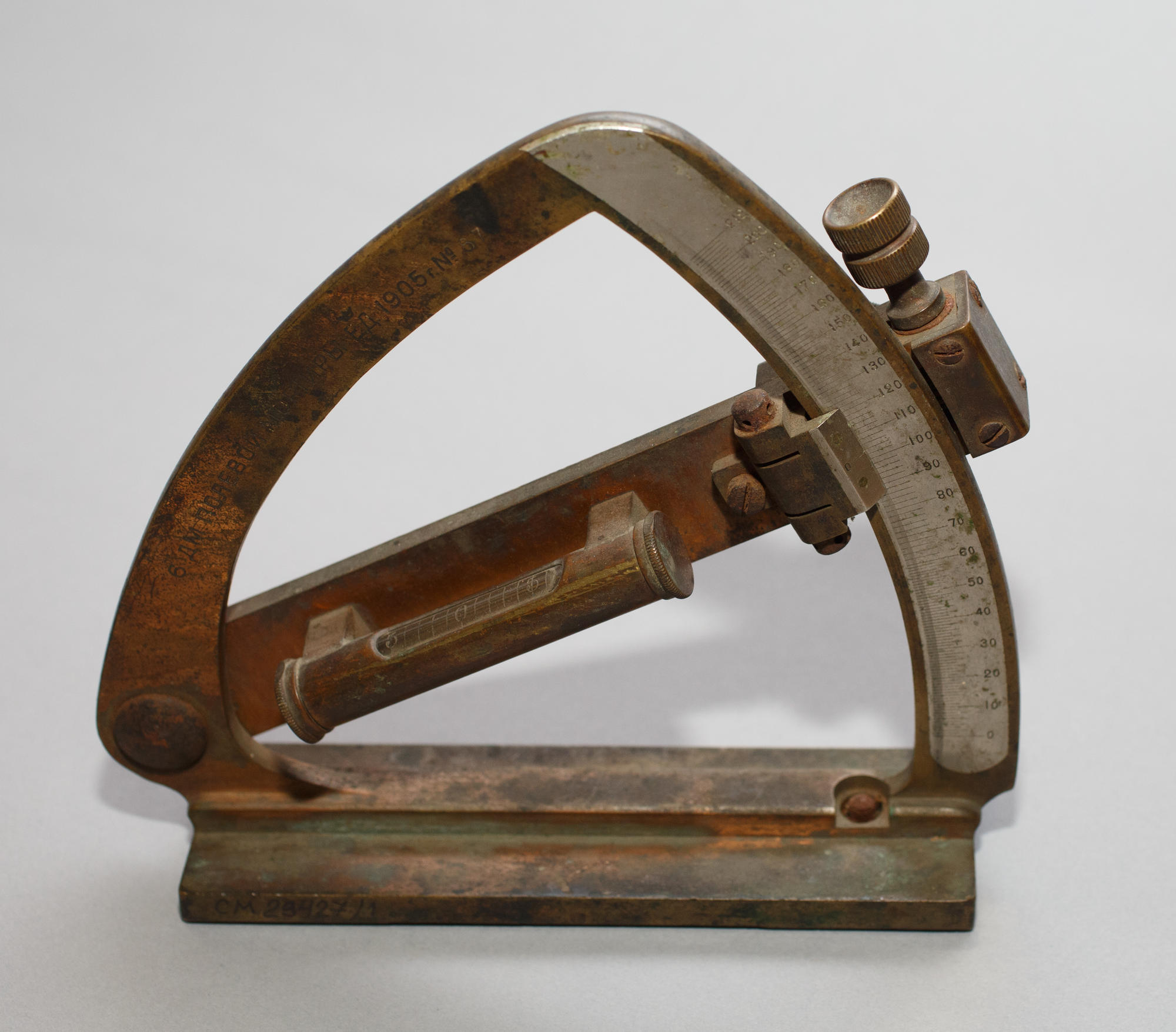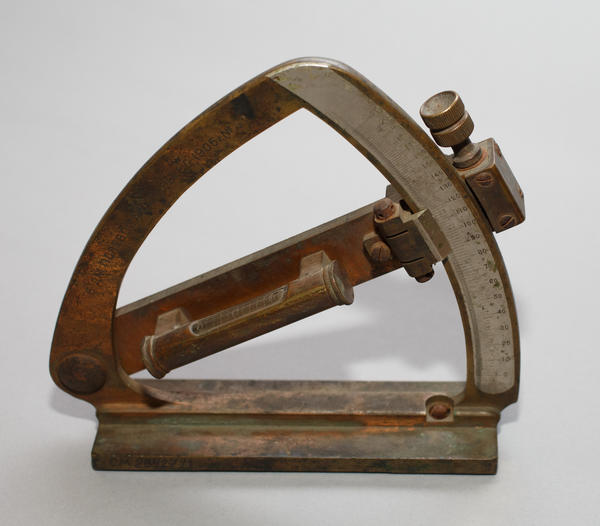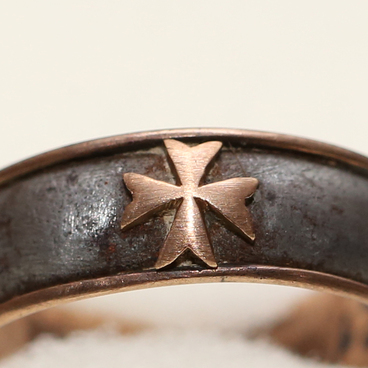A large variety of auxiliary devices were used among the artillery, from simple to sophisticated. The quadrant exhibited in the museum was used for artillery firing, namely for aiming a mortar – a short-barreled cannon. Mortars were mainly used to hit targets behind walls or in a trench. The purpose of the quadrant was to adjust aiming and measure the angle to which a barrel of a mortar needs to be raised or lowered.
A quadrant was invented by the Italian mathematician Niccolo Tartaglia in the 16th century. He experimented and proved that the maximum shooting range can be achieved with the 45 degree angle. Initially a quadrant consisted of a wooden triangle with a plumb bob and an arc with angle markings on it.
A quadrant was invented by the Italian mathematician Niccolo Tartaglia in the 16th century. He experimented and proved that the maximum shooting range can be achieved with the 45 degree angle. Initially a quadrant consisted of a wooden triangle with a plumb bob and an arc with angle markings on it.



